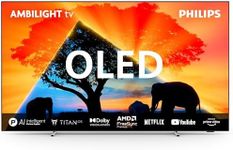Buying Guide for the Best Oled Tvs
When it comes to buying an OLED TV, there are several key specifications you need to consider to ensure you get the best fit for your needs. OLED TVs are known for their superior picture quality, deep blacks, and vibrant colors, but not all models are created equal. Understanding the key specs will help you make an informed decision and get the most out of your investment.Screen SizeScreen size is measured diagonally from corner to corner and is one of the most important factors to consider. It determines how immersive your viewing experience will be. Smaller screens (under 50 inches) are suitable for bedrooms or smaller living rooms, while medium screens (50-65 inches) are ideal for average-sized living rooms. Larger screens (over 65 inches) are best for home theaters or large living rooms. Consider the size of your room and the distance from which you'll be watching the TV to choose the right screen size.
ResolutionResolution refers to the number of pixels that make up the picture on the screen. The higher the resolution, the sharper and more detailed the image. Common resolutions include Full HD (1080p), 4K (2160p), and 8K (4320p). Full HD is suitable for smaller screens or if you're on a budget, but 4K is the current standard and offers a significant improvement in picture quality. 8K provides even more detail but is only necessary for very large screens and future-proofing. Choose a resolution based on your viewing habits and the content you plan to watch.
HDR (High Dynamic Range)HDR enhances the contrast and color range of the TV, making the picture more realistic and vibrant. There are different HDR formats, such as HDR10, Dolby Vision, and HLG. HDR10 is the most common and provides a good improvement in picture quality. Dolby Vision offers dynamic metadata for even better performance but is less widely supported. HLG is used for broadcast content. If you want the best picture quality, look for a TV that supports multiple HDR formats.
Refresh RateRefresh rate is the number of times the TV updates the image per second, measured in Hertz (Hz). A higher refresh rate results in smoother motion, which is especially important for fast-paced content like sports and action movies. Standard refresh rates are 60Hz and 120Hz. 60Hz is sufficient for most content, but 120Hz provides a noticeable improvement for fast-moving scenes. If you watch a lot of sports or play video games, a higher refresh rate is beneficial.
Smart TV FeaturesSmart TV features allow you to access streaming services, apps, and the internet directly from your TV. Most OLED TVs come with built-in smart platforms like Android TV, webOS, or Tizen. Consider the user interface, app availability, and ease of use when choosing a smart TV. If you have a preference for certain streaming services or smart home integration, make sure the TV supports those features.
ConnectivityConnectivity options determine how you can connect other devices to your TV. Important ports include HDMI, USB, and audio outputs. HDMI ports are essential for connecting devices like gaming consoles, Blu-ray players, and soundbars. Look for at least three HDMI ports for flexibility. USB ports are useful for playing media from external drives. Ensure the TV has the necessary ports for your devices and consider future-proofing with HDMI 2.1 for the latest features.
Audio QualityAudio quality is often overlooked but is crucial for an immersive experience. Built-in speakers vary in quality, and while OLED TVs generally have good sound, they may not match the picture quality. Look for TVs with features like Dolby Atmos for better sound. If audio quality is important to you, consider investing in a soundbar or home theater system to complement your TV.
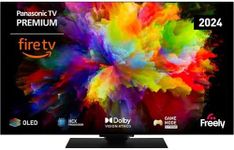
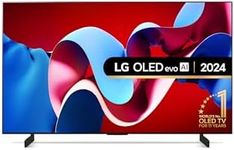
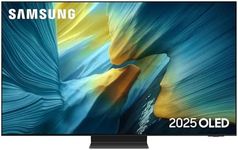
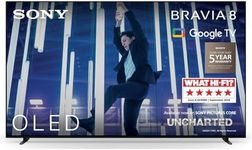
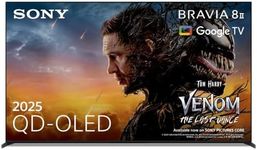
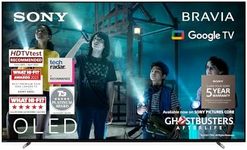



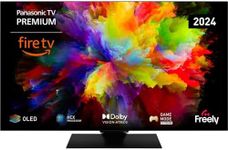

![LG OLED55B42LA 55-Inch 4K UHD Smart TV, (α8 AI Processor, Dolby Atmos, Freeview Play and Amazon Alexa, 120Hz), Black [Model 2024]](https://images-proxy.bestreviews.guide/pU_VZMS7P2noHJB6Fxy62ZFg5AQ=/0x150/https://m.media-amazon.com/images/I/413+tDCpqXL._AC_CX679_.jpg)
